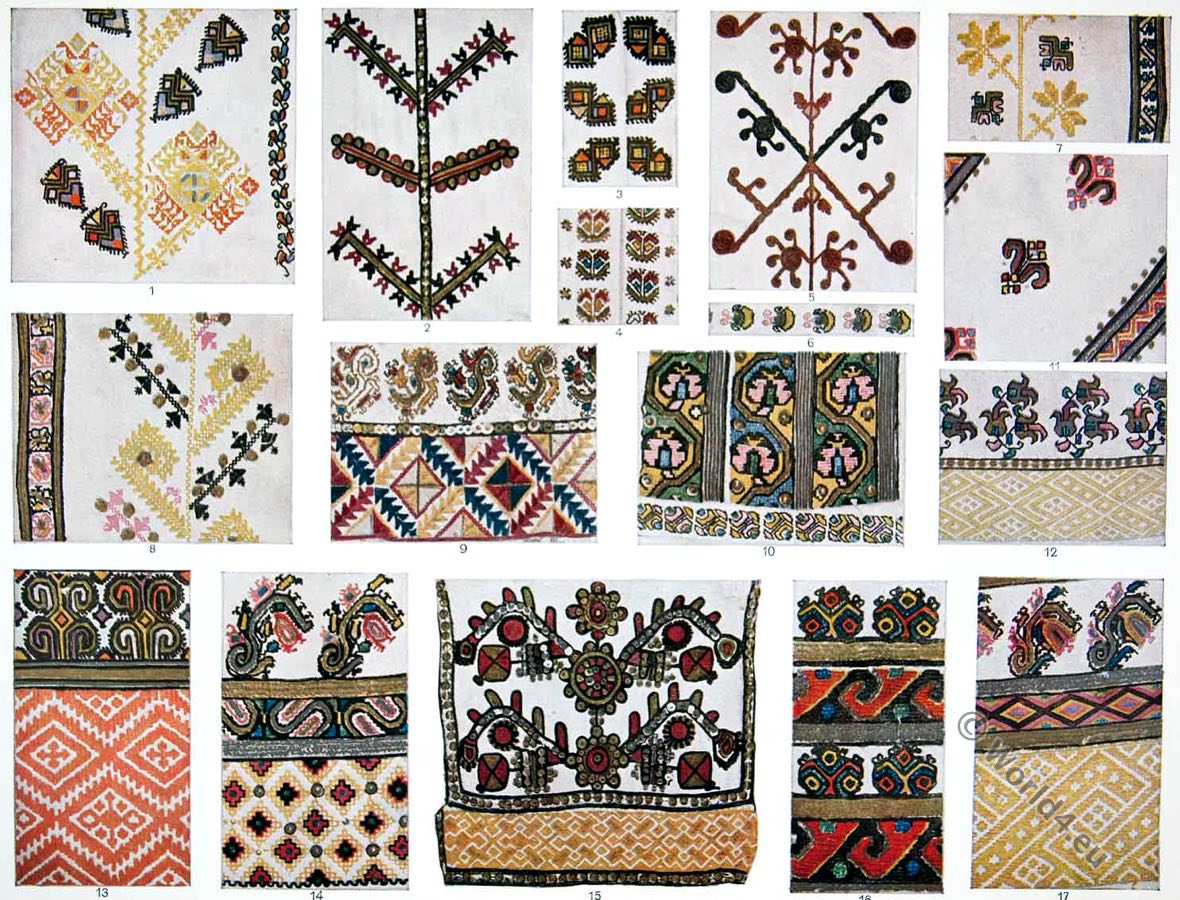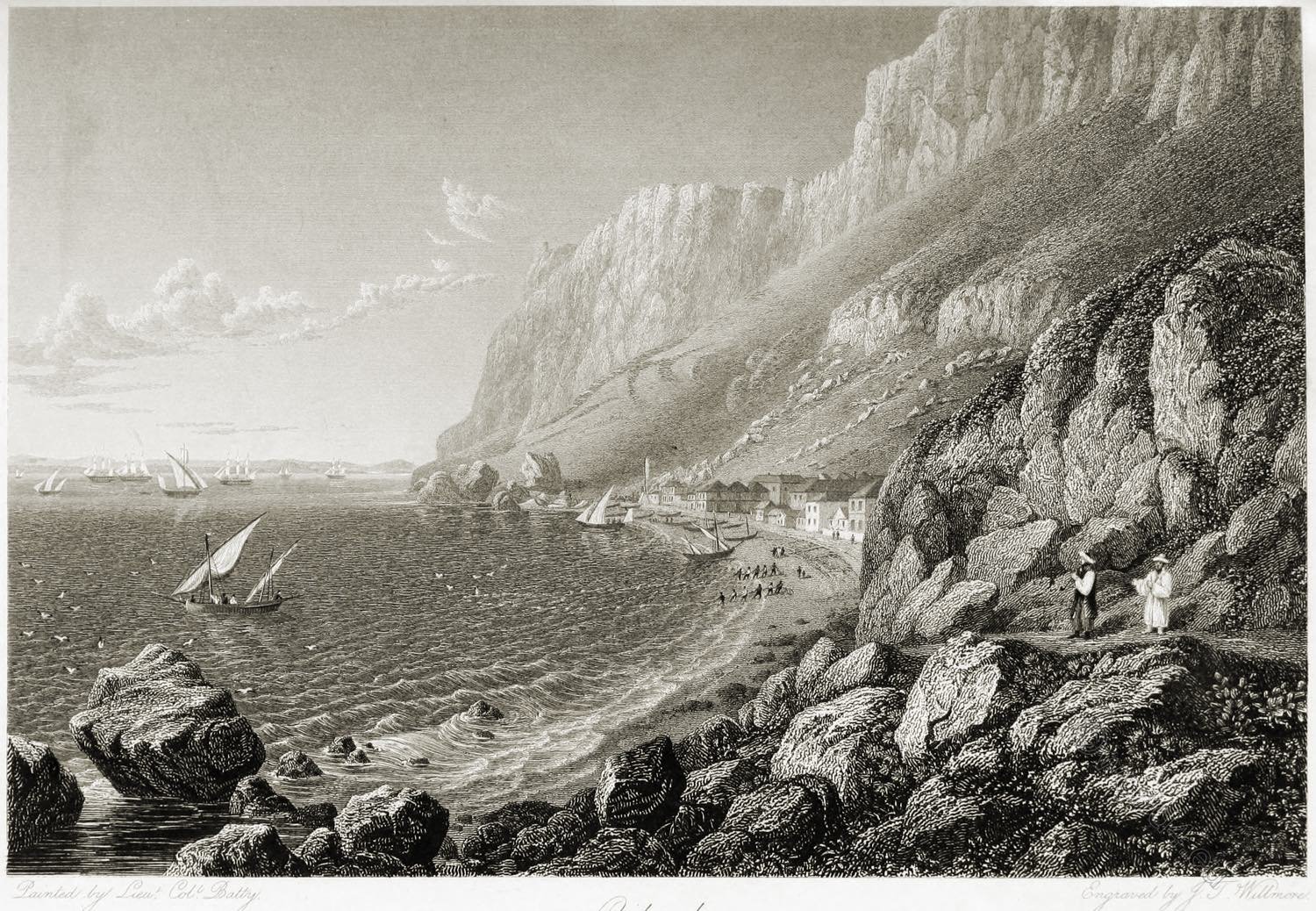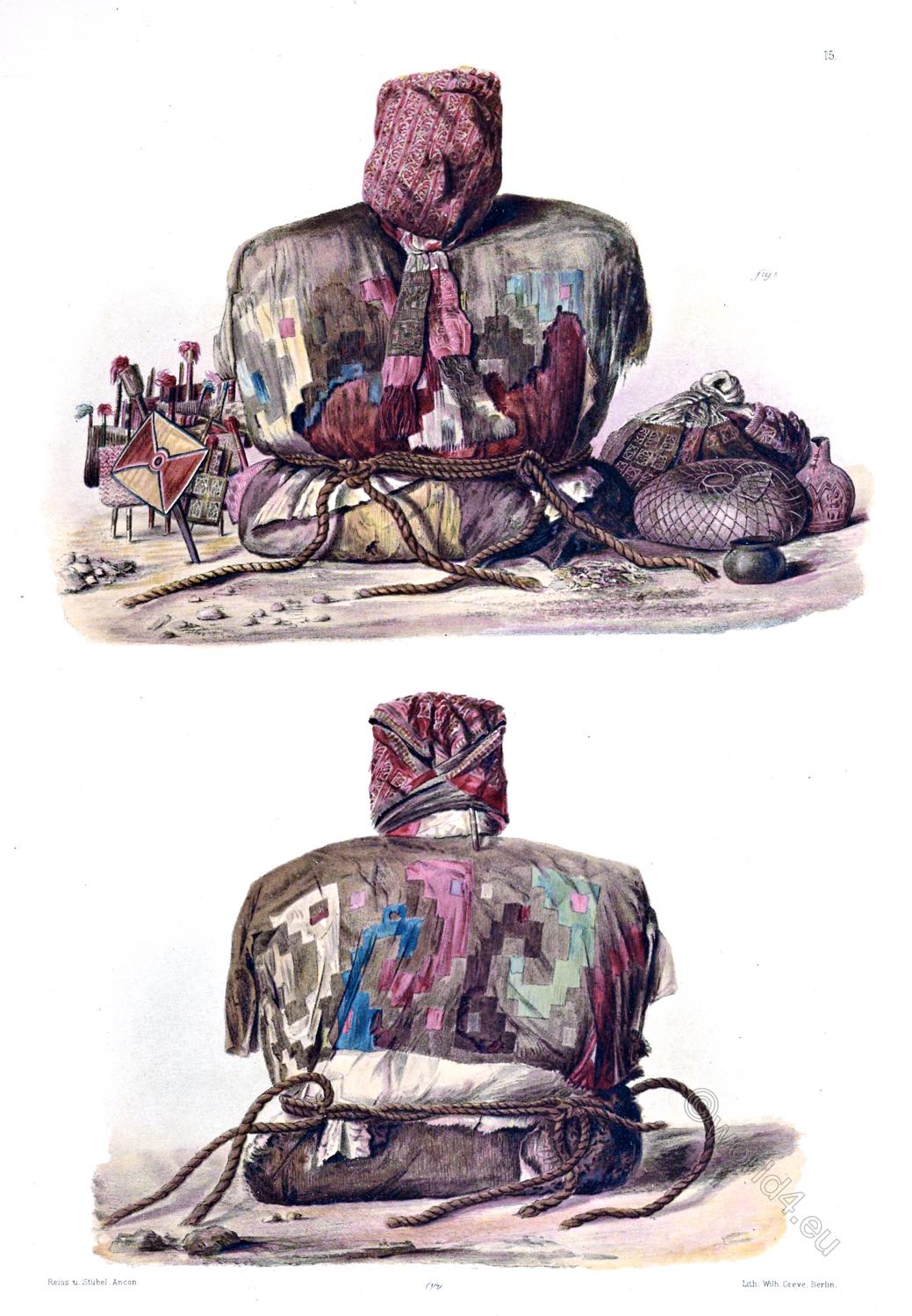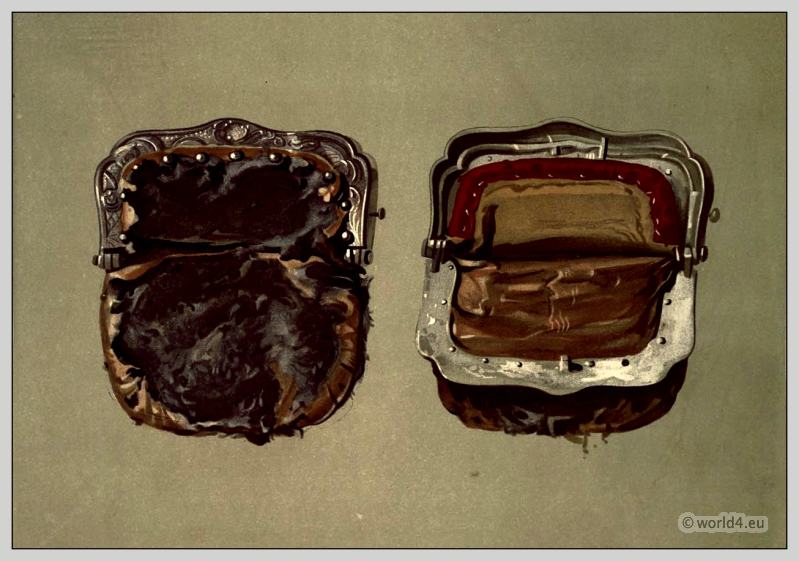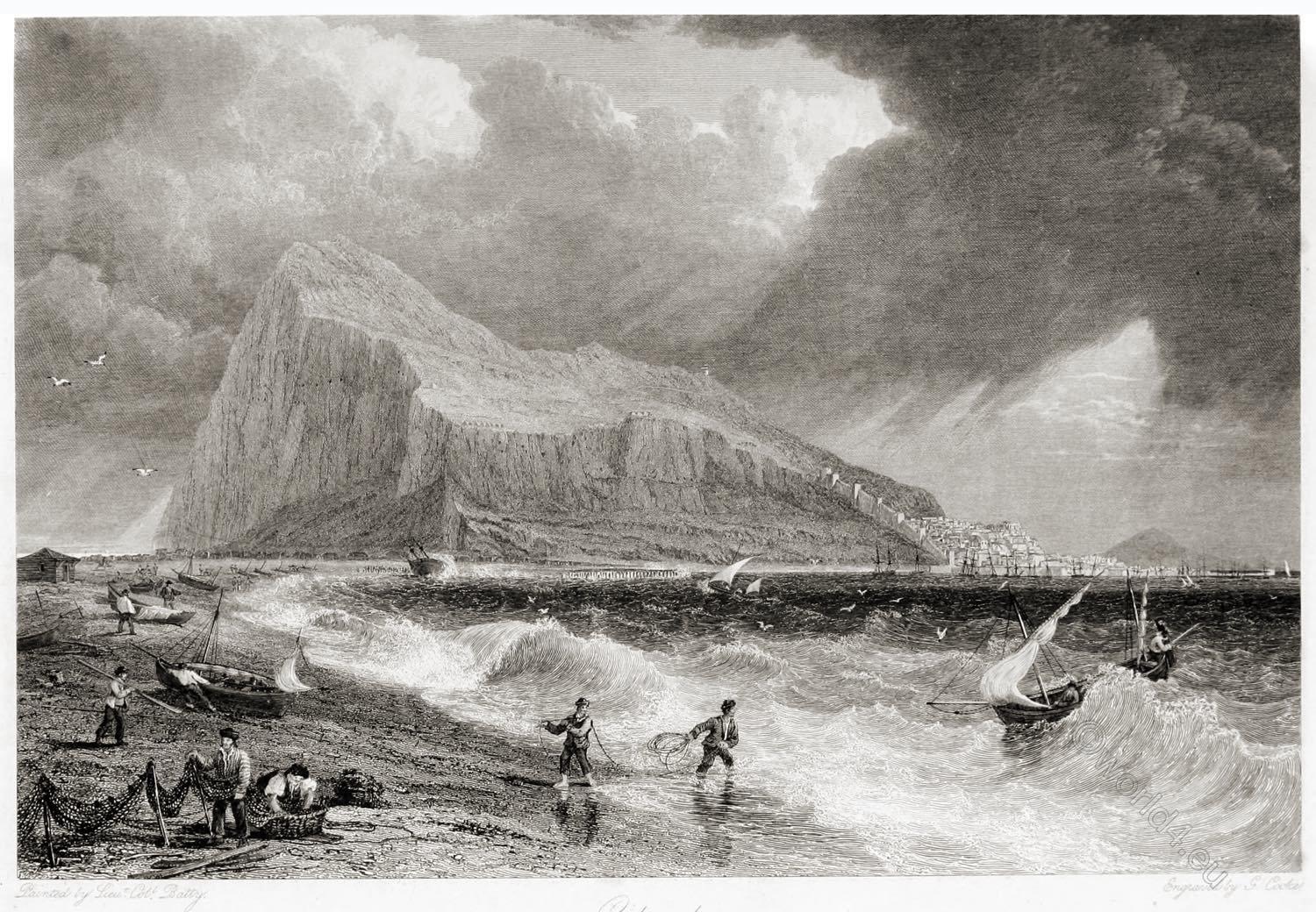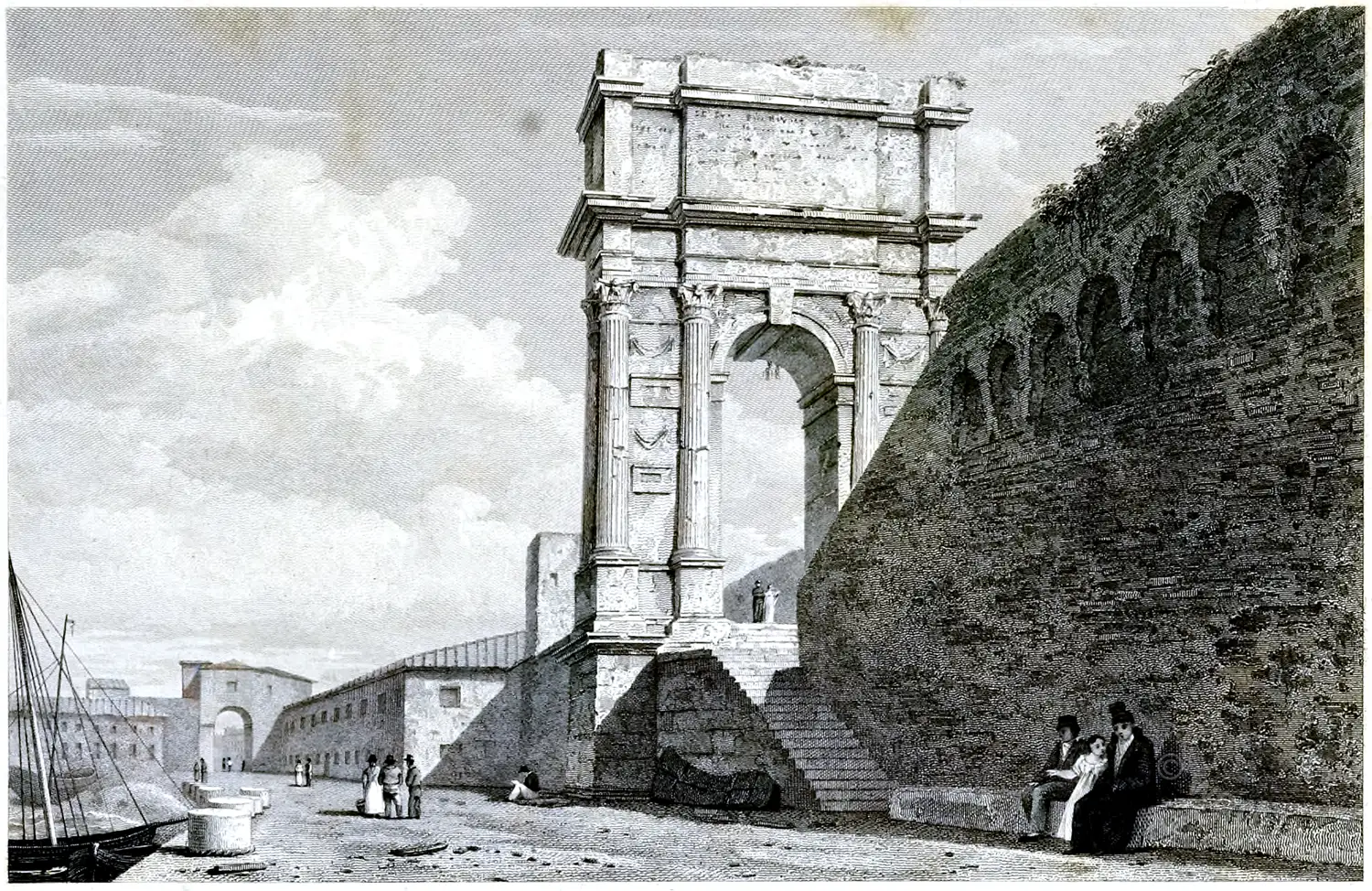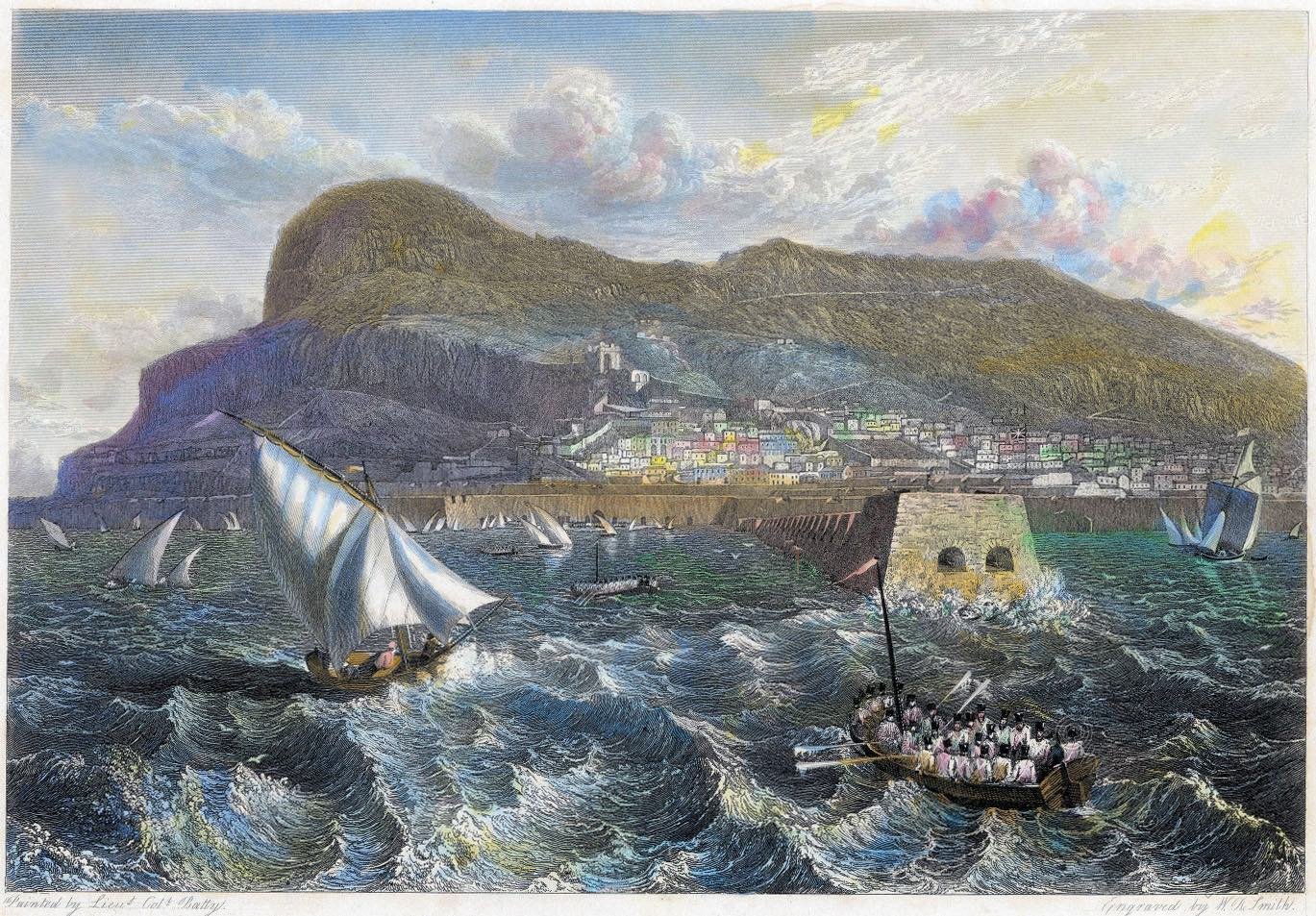
GIBRALTAR. FROM THE ANCHORAGE IN FRONT OF THE OLD MOLE.
Having in the former views exhibited the north and north-west fronts of the rock, we now come to a direct view of the great western face of the mountain, with the town of Gibraltar, the old Moorish castle, and the modern defenses, with the Mole, or Devil’s Tongue Battery, directly in front.
The promontory of Gibraltar (the ancient Mount Calpe) derives its name from the Arabic (جبل طارق), “Dschabal Ṭāriq,” from its being the spot where Tarik the Moorish leader landed to attack Spain.
The town of Gibraltar has erroneously been supposed to be built on the site of the ancient Heraclea. It appears, however, that Heraclea was situated near Carteia, five miles to the west of Mount Calpe, where extensive ruins are still visible. No remains or coins, excepting of Moorish origin, are found at Gibraltar.
The Moorish castle, whose massy towers are seen above the northern extremity of the town, was built, according to an Arabic inscription still visible, in the time of the” Caliph Walid, soon after the period of their landing here. It is chiefly constructed of tapia, or cement, moulded in frames, and the whole incrusted with cement of a finer quality: the cupolas and arches are of brickwork. These walls and towers have become so indurated by time, that, during the great siege, the shot from the enemy’s cannon made but little impression on them.
Independent of the picturesque appearance of this scene, it is interesting from exhibiting the point against which the most strenuous efforts of the enemy were directed during the memorable siege. From the warm reception given to the assailants, the battery on the Mole acquired the name of the Devil’s Tongue.
Gibraltar remained in possession of the Moors from the period when they first took it, A.D. 711, for about seven hundred and fifty years, when the Spaniards again got possession of it. On the 23d July, 1704, Sir George Rook, with the combined English and Dutch fleets, cannonaded Gibraltar; and a body of troops under the Prince d’Armstadt having landed, part on the isthmus north of the town, and part on the southern extremity of the promontory, the place was summoned. On the 24ith, after a feeble resistance, this important fortress surrendered to the English.
Source: Select views of some of the principal cities of Europe by Robert Batty. London: Moon, Boys, and Graves, 1832.
Continuing
GIBRALTAR.
The Rock, from the Mediterranean Shore.
The Old Mole, from the Anchorage.
Gibraltar, from above Camp Bay.

